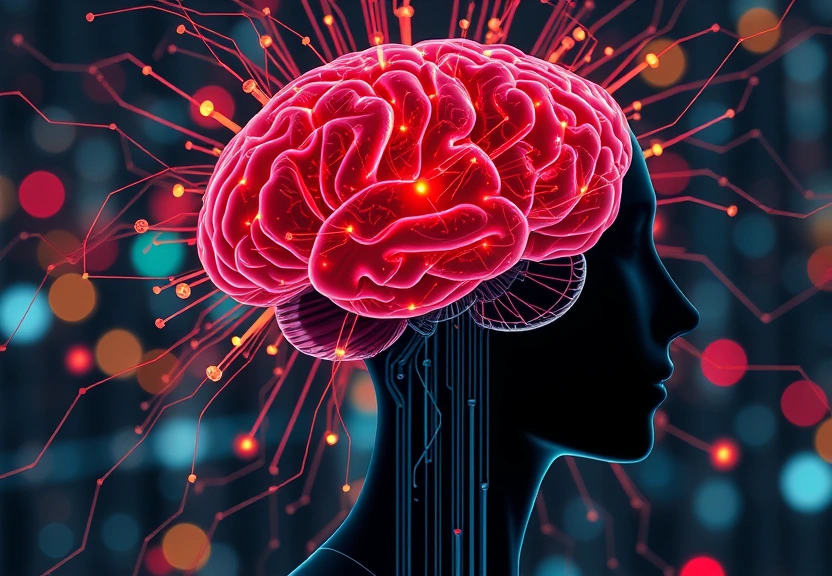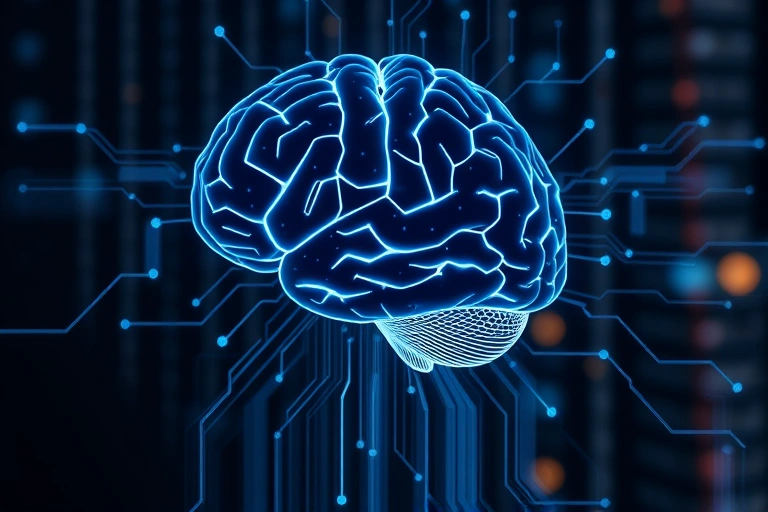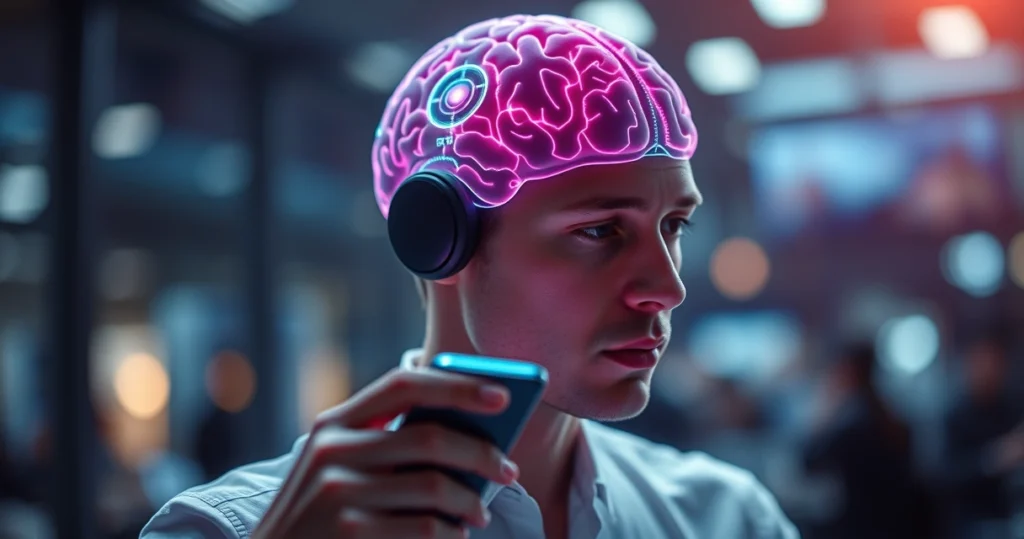Brain-Mobile Revolution: How 7 Million Americans Will Control Their Phones With Their Minds by 2026
Introduction
The future of mobile devices is poised for a revolutionary transformation, one that integrates human thought directly with technology. By 2026, it is projected that approximately 7 million Americans will be utilizing advanced brain-computer interfaces (BCIs) to control their smartphones with their minds. This significant leap in mind control technology represents a convergence of neurotechnology advancements and the ongoing mobile revolution. As we delve into this fascinating topic, we’ll explore the implications of such innovations, the underlying technologies, and what this means for the accessibility of smartphones.

Development of Brain-Computer Interfaces
Brain-computer interfaces are systems that enable direct communication between the brain and external devices. This technology utilizes brainwave communication to interpret neural signals and translate them into commands that can operate mobile devices. The evolution of BCIs has been fueled by breakthroughs in neuroscience, engineering, and computer science, leading to a more profound understanding of how our brains process information and control bodily functions.
Recent advancements in neurotechnology have made it possible to develop non-invasive BCI systems that can detect brain activity without the need for surgical implants. These systems typically use electroencephalography (EEG) to measure electrical activity in the brain. Over the next few years, as research continues, we can expect enhancements in signal processing and machine learning algorithms that will refine how devices interpret brain signals.
In essence, the mobile revolution of 2026 will likely be characterized by a seamless interaction between human cognition and mobile technology, where users can perform tasks such as texting, calling, and browsing the internet simply by thinking about them. This potential shift raises questions about the societal impact of such a profound change in how we interact with our devices.
🎥 Related video: Brain-Mobile Revolution: How 7 Million Americans Will Control Their Phones With Their Minds by 2026
Analysis and Benefits
The implications of brain-controlled mobile devices extend beyond mere convenience. Here are several key benefits that this technology will bring to society:
- Enhanced Accessibility: For individuals with mobility impairments, smartphone accessibility will reach new heights. Those who struggle with traditional input methods will find independence and functionality in using their minds to control devices.
- Improved Efficiency: The ability to operate a smartphone through thought alone can significantly reduce the time spent on mundane tasks, allowing users to multitask more effectively and efficiently.
- Augmented Reality Experiences: By integrating BCIs with augmented reality (AR), users could engage in more immersive experiences that blend the digital and physical worlds, enhancing everything from gaming to education.
- Health Monitoring: BCI technology may enable real-time health monitoring by analyzing brain activity, thus providing insights into mental health and cognitive function, which could lead to early intervention for various conditions.
Moreover, as the mobile phone revolution progresses, we can anticipate a growing acceptance of neurotechnology in everyday life. This shift will likely foster collaboration between tech companies, healthcare providers, and consumers, driving innovation further and ensuring that technology remains user-centric.
Practical Implementation of Mind Control Technology
The implementation of mind control technology in mobile devices will require a multi-faceted approach encompassing hardware, software, and user interface design. Here are some of the critical aspects to consider:
- Development of User-Friendly Interfaces: For BCIs to be effective, the design of mobile applications must prioritize user experience. Developers will need to create intuitive interfaces that allow for fluid communication between the user’s thoughts and the device.
- Robust Signal Processing: The accuracy of brainwave communication will depend heavily on advancements in signal processing technology. Efforts must focus on filtering out noise and enhancing the clarity of brain signals to ensure reliable device control.
- Regulatory Considerations: As with any new technology, there will be significant regulatory challenges. Ensuring data privacy and ethical use of brain data will be paramount in gaining public trust and adoption.
- User Training and Adaptability: Users will need to be trained to interact with their devices using thought alone. This may involve learning to focus on specific thoughts or mental imagery to produce desired outcomes.
In conclusion, the transition to a world where smartphones can be controlled by thought alone will not happen overnight. It will require collaboration between researchers, developers, and users to realize the full potential of brain-computer interfaces and ensure that this technology is accessible to all.

Frequently Asked Questions
What is a brain-computer interface?
A brain-computer interface (BCI) is a technology that facilitates direct communication between the brain and an external device, enabling actions to be performed through thought alone.
How will mind control technology change the way we use smartphones?
Mind control technology will allow users to perform tasks on their smartphones without using their hands or voice, making interactions faster and potentially more intuitive.
What are the risks associated with brain-computer interfaces?
Risks may include privacy concerns regarding the data collected by BCIs, potential misuse of technology, and the need for rigorous ethical standards to safeguard user information.
Will brain-computer interfaces be accessible to everyone?
While the goal is to make BCIs as accessible as possible, factors such as cost, technological literacy, and physical health will determine individual access to these devices.
What role will neurotechnology advancements play in this mobile revolution?
Neurotechnology advancements will drive the development of more effective and user-friendly BCIs, ensuring they can accurately interpret brain signals and enhance the overall user experience in controlling mobile devices.
Conclusion
The impending brain-mobile revolution promises to redefine the landscape of mobile communication. With the advent of brain-computer interfaces, millions of Americans will soon harness the power of their minds to navigate the digital world. This merging of technology and cognition heralds a new era where smartphones become an extension of the human brain, fostering greater accessibility and efficiency. As we approach 2026, the advancements in neurotechnology will not only transform how we interact with our devices but also challenge our understanding of communication itself. The future of mobile devices is bright, and the possibilities are boundless.







